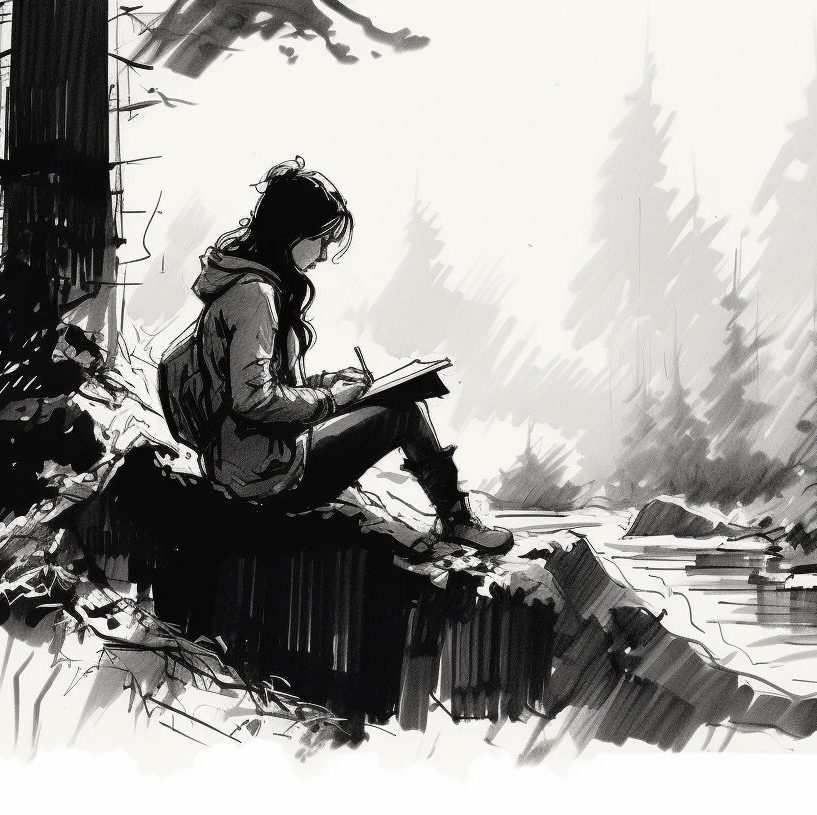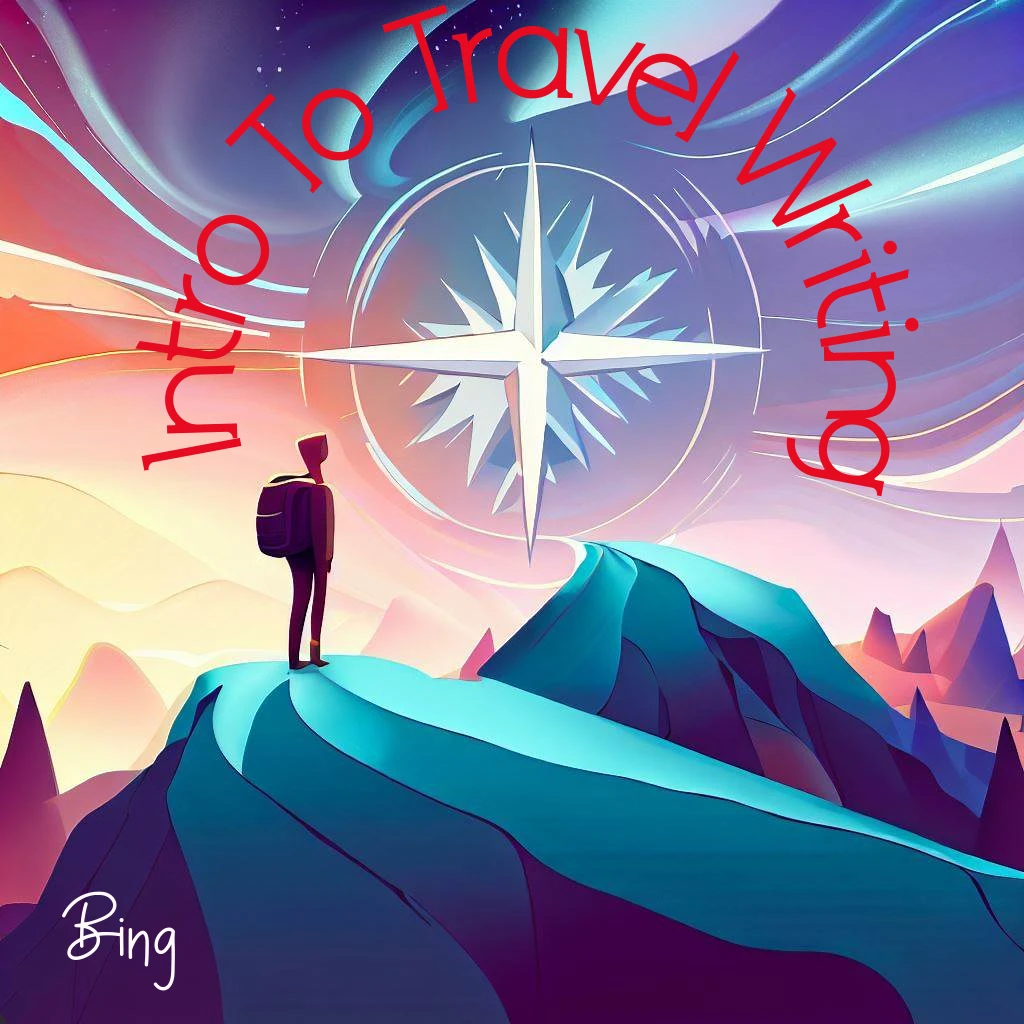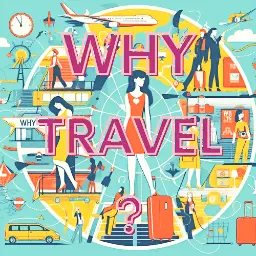Brief History of Travel Writing and Journaling

Travel writing and journaling, two practices forever entwined, have been the faithful companions of explorers, wanderers, and dreamers since the first dawn of civilization. They have acted as the canvas upon which the vast tapestry of human experience is painted, the parchment where the narrative of our shared odyssey is lovingly inscribed. The roots of travel writing reach deep into the ancient soil of Egypt and Greece. With a scrupulous hand, the Egyptians etched their explorations and expeditions on delicate papyrus scrolls. With a flair for storytelling, the Greeks spun their voyages and adventures into epic poems, singing the tales of lands afar. These early narratives, brimming with vibrant descriptions and tales of daring, laid the cornerstone for the edifice of modern travel writing.
As time marched into the Middle Ages, travel writing donned a spiritual cloak, with pilgrims and missionaries penning the chronicles of their sacred journeys. The tales of Marco Polo and Ibn Battuta, woven with threads of exotic lands and diverse cultures, ignited the curiosity of their age and kindled the wanderlust in countless souls. The Age of Discovery heralded a significant chapter in the annals of travel writing. Navigators like Christopher Columbus and Vasco da Gama set quill to paper, detailing their voyages and casting light upon the shadowed realms of the New World. These narratives, pulsating with the thrill of discovery and the seduction of the unknown, seized the imagination of their readers, fanning the flames of exploration.
With the dawn of the printing press in the 15th century, travel writing underwent a profound metamorphosis, blossoming from the confines of the elite to the embrace of a broader populace. Travelogues, filled with the vibrant hues of foreign lands and the keen insights of diverse cultures, found their way into the hands of many. These narratives, adorned with sketches and maps, became compasses and muse, guiding the footsteps of intrepid travelers and igniting the dreams of those confined to their armchairs.
As the pages of history turned to the 19th and 20th centuries, travel writing evolved again, ascending to literary art. Authors like Mark Twain, Robert Louis Stevenson, and Ernest Hemingway wove their unique literary styles into their travel narratives, infusing them with evocative descriptions, perceptive observations, and intimate reflections. These writings, rich with the essence of place and the soul of the traveler, elevated travel writing from a mere chronicle to an art form, a dance of words that captured not only the journey but the very heart of human exploration.
On the other hand, journaling has stood as a steadfast companion to travelers, a silent witness to their wanderings throughout the annals of history. From the intimate, ink-stained pages of Victorian explorers to the digital scrolls of modern-day backpackers, journaling has unfurled a private sanctuary for those on the road. Here, within these sacred confines, travelers have been free to document their experiences, voice their emotions, and reflect upon the winding paths they’ve trodden. It is the traveler’s raw, unadorned narrative, the wanderer’s candid confession, and the adventurer’s objective truth. It is a dance of ink and soul, a dialogue between the self and the world, a chronicle of not just places but of the essence of journeying.
In the digital age, travel writing, and journaling have found a new dwelling, a virtual abode where words and images dance across screens. Blogs, vlogs, social media posts, and online articles have become vibrant forums where travel tales are spun, personal experiences are woven, and human connections are threaded. The digital realm has not merely hosted but democratized travel writing and journaling, casting open the gates and transforming these once solitary pursuits into communal symphonies. It is a world where every voice can sing, every story can resonate, and every journey can be shared. It is a tapestry continually woven, a narrative ever-evolving, a connection that transcends borders and binds the wanderers of the world.
The history of travel writing and journaling is a testament to our unquenchable thirst to explore, connect, and narrate. It is a narrative that weaves through centuries and cultures, as diverse as the myriad of travelers who pen it, yet as universal as the journey it lovingly chronicles. As we continue to tread the ancient cobbled streets, bask in the fiery embrace of sunsets, weave through the symphony of bustling markets, and find solace in the hushed whispers of tranquil monasteries, let us remember to capture not merely the sights, sounds, flavors, and textures. Let us delve deeper into the emotions, the introspections, and the revelations, for it is within these intangible threads that the true essence of travel writing and journaling resides. It is a dance of soul and scenery, a song of self and place, a chronicle that transcends the physical and touches the core of our human experience.
- Ancient Beginnings: Travel writing has roots in ancient times, with explorers and traders documenting their journeys. Examples include the accounts of Herodotus and Marco Polo.
- Middle Ages and Renaissance: During these periods, travel writing often took the form of pilgrimage accounts, explorers’ logs, and missionaries’ reports.
- The Age of Exploration: The 15th to 17th centuries saw an explosion of travel narratives as explorers from Europe ventured into uncharted territories, documenting their discoveries and encounters with indigenous cultures.
- The Grand Tour: In the 17th and 18th centuries, young European aristocrats embarked on extensive travels, known as the Grand Tour, to complete their education. Their experiences often found expression in letters, journals, and books.
- Romantic and Victorian Eras: The 19th century brought a new appreciation for nature and the exotic. Travel writing became popular, with authors like Mark Twain and Robert Louis Stevenson contributing significantly.
- 20th Century: The advent of modern transportation made travel more accessible, leading to a boom in travel writing. In their travel narratives, writers like Ernest Hemingway, Jack Kerouac, and Bruce Chatwin explored different styles and themes.
- Travel Journaling: While travel writing for publication has a long history, personal travel journaling has been a common practice for centuries. From the diaries of explorers and missionaries to the notebooks of modern backpackers, these personal accounts offer intimate insights into the travel experience.
- Digital Age: The rise of the internet and social media has revolutionized travel writing and journaling. Blogs, vlogs, and online platforms have democratized the genre, allowing anyone with a story to share their travel experiences with a global audience.



